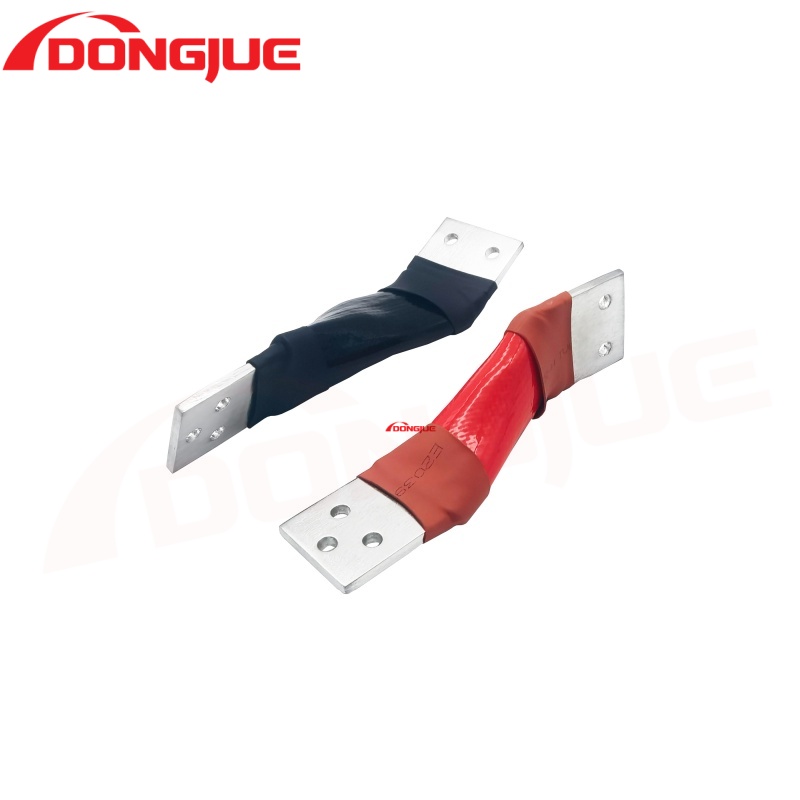Flexible Copper Connector Installation and Maintenance Guide
2025-07-17
Flexible copper connectors play a crucial role in electrical systems. Today, I’ll share some tips on how to install and maintain them to ensure they function smoothly and safely.
Pre-installation Preparation
First, before we start the installation, we need to select the correct model. Flexible copper connectors are not one-size-fits-all. We should choose based on current size and usage environment, as indoor and outdoor applications have different requirements. When purchasing, review the product specifications and avoid cheap, low-quality products, as these can compromise electrical safety.
The necessary tools should also be prepared, including basic tools such as wrenches, screwdrivers, and cleaning cloths. For high-current connectors, specialized crimping tools may also be required. Before installation, ensure the work area is clean and free of dust.
Installation steps
The first step is to clean the connection surfaces. Copper surfaces are prone to oxidation, so gently sand the contact surfaces with fine sandpaper, then clean them with alcohol. Do not use coarse sandpaper, as it may damage the copper surface.
Next, we should align the positions. Flexible copper connectors must be connected smoothly; do not force them into place. Tighten the screws evenly; do not tighten one side while leaving the other loose. The tightening torque should be moderate. If it is too loose, poor contact may cause overheating; if it is too tight, it may damage the connector.
For multiple parallel connectors, we also need to ensure consistent length and even force distribution. After installation, gently pull to check for stability. Finally, do not forget to apply anti-oxidant grease, especially for outdoor use—this step is crucial.

What are key points for routine maintenance?
Regularly inspect the connection points for overheating, discoloration, or loose screws. It is generally recommended to inspect every three months, with more frequent inspections required under high-load or harsh environmental conditions.
When cleaning, avoid using corrosive cleaners; instead, use a dry cloth or one dampened with alcohol. If oxidation is detected, address it promptly. Mild oxidation can be treated with a specialized cleaner, while severe cases may require replacement.
Common Issue Resolution
If the connector overheats, disconnect the power first and inspect it. This may be due to poor contact or excessive load. Loose screws are the most common cause; tighten them and check again.
Do not force the use of a deformed connector. While flexible copper connectors have some flexibility, repeated bending can lead to fatigue fractures. If cracks or damage are detected, replace immediately; do not attempt to use it temporarily.
Safety Precautions
Always disconnect the power before operation; do not work on live circuits. Wear insulated gloves during installation and maintenance; safety comes first. Do not dispose of discarded connectors carelessly; copper can be recycled.
Remember, while flexible copper connectors may seem simple, improper use can lead to serious issues. Follow standard operating procedures and conduct regular inspections to ensure electrical safety and peace of mind.
As a professional manufacturer and supplier, we provide high-quality products. If you are interested in our products or have any questions, please feel free to contact us.


